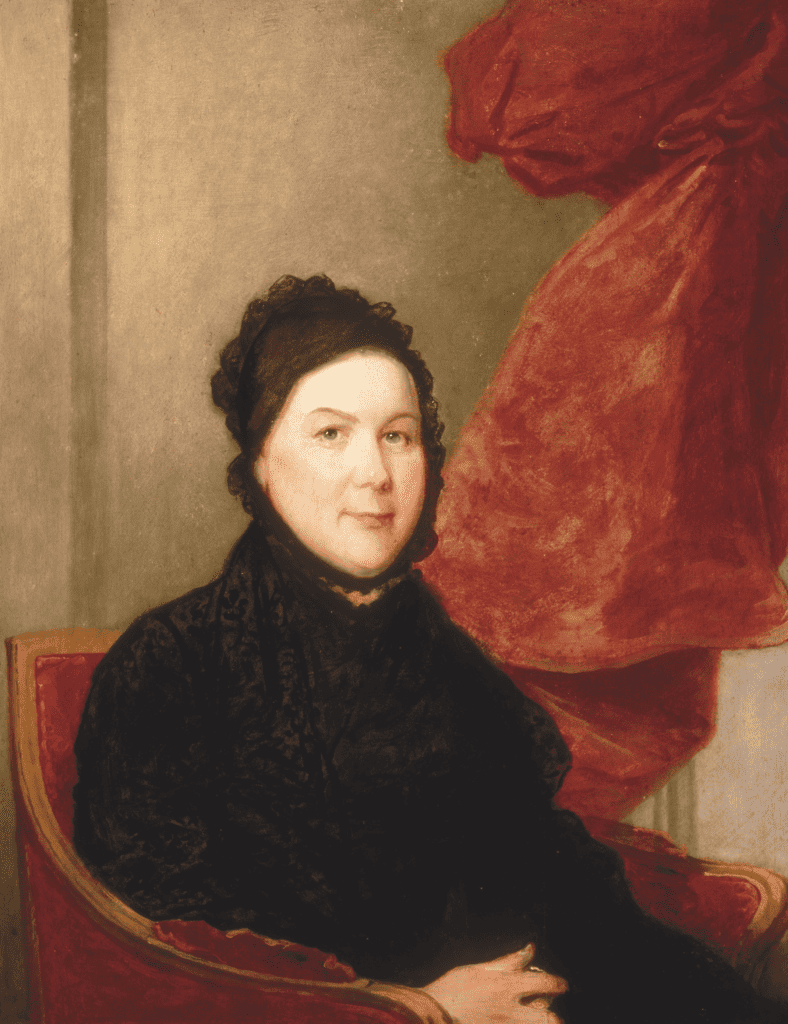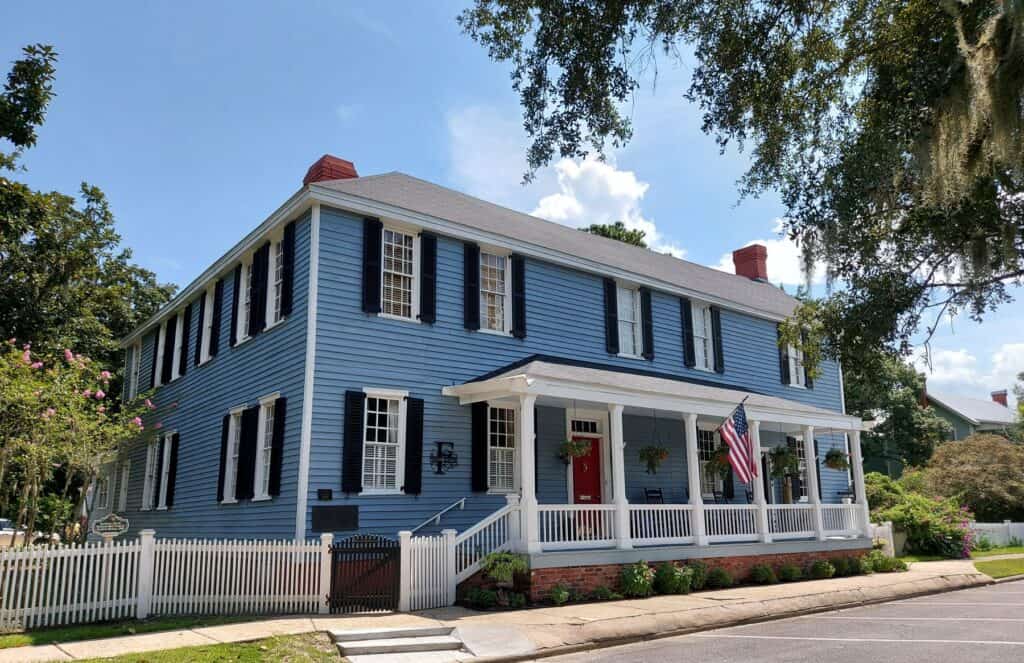“Rocked Like a Hurricane”: Aaron Burr and His Tumultuous Southern Trips
Two gunshots rang out. One man, his pistol smoking, stood erect. The other crumpled to the ground.
This July 11, 1804, duel between former Treasury Secretary Alexander Hamilton and current Vice President Aaron Burr outside Weehawken, New Jersey, resulted in Hamilton’s death in New York City the next day.

While you may be familiar with this event – one of the most famous personal conflicts in American history – you may not know how the South and especially St. Marys and Cumberland Island were involved. Discover this connection below.

Go South, Young Man
As a result of his duel with Hamilton, Burr was charged with murder in both New York and New Jersey. In response, he took the alias of “Roswell King” and fled south where he intended to find refuge with friends. By mid-August he reached Little St. Simons Island where his wealthy friend and former Senator, Pierce Butler, took him in.
Afterwards, Burr headed towards Cumberland Island where Catharine Greene Miller, widow of Revolutionary War hero Nathanael Greene, resided at her Dungeness Mansion. Burr expected to be welcomed but Caty, who had been friends with Hamilton and disapproved of Burr’s act, requested her servants alert her when Burr’s boat came into view. Upon hearing of his approach, Caty and her family fled the house, leaving only her servants to greet him.
Miffed at this blatant snub, Burr journeyed to St. Marys. He most likely stayed for a short time with Archibald and Rhoda Clark at their residence at Conyers and Osborne Streets, today known as the Clark House. The two men were friends through their connection to the Litchfield Law School in Connecticut (Burr’s private tutor founded the school which Clark later attended).

After his St. Marys visit, Burr returned to Little St. Simons. He intended to canoe to St. Simons Island, but on September 7 a hurricane violently struck the Georgia coast. When the eye of the storm passed overhead and the winds dropped, Burr believed it safe to venture forth, but before he reached St. Simons, the storm struck again and he and his canoe barely made it to shore.

Storm’s A Brewin’
By September 15, Burr had stopped at Fort George Island in Florida for a 10-day visit with another prominent St. Marys resident, John Houstoun McIntosh (builder of the McIntosh Sugar Mill and owner of the plantation where Kings Bay Naval Submarine Base is today).
After these visits, Burr returned to Washington, D.C., where he finished out his term as vice president under Thomas Jefferson. His charges of murder in both New York and New Jersey never reached trial, but the duel did end his political career.
Treason…
This was not Burr’s only eventful voyage South. In 1807, he was arrested in Alabama, this time for treason. Expecting war to break out between the United States and Spain over boundary disputes, Burr and a friend planned an invasion of Mexico to establish an independent government there. It is possible they also discussed a plan to foment a secessionist movement in the West to join it to Mexico and found an empire based on Napoleon’s.
And Betrayal
However, before he could act on these plans, Burr’s friend betrayed him to President Jefferson. Burr tried to escape to Spanish territory but was arrested in Alabama. Although he was brought to trial more than once for what became known as the “Burr Conspiracy,” he was acquitted each time.
Burr’s scheming in the south was not over. Even after his acquittal, he remained under a cloud of suspicion and so left for Europe, where he tried in vain to enlist the aid of Napoleon in a plan to conquer Spanish Florida.
Although Burr’s involvement with the South proved disastrous, St. Marys should count itself lucky it was included in this notorious American’s itinerary. The next time you are downtown, look at the window above the Clark House’s black front door and imagine Burr’s gazing from his bedroom there 200 years ago. It is remarkable that the house where he sought refuge remains today to help bring this fascinating history to life.
For more details on Burr’s stays at St. Marys and Cumberland Island, join our Fugitives, Fighters, and Fudge: St. Marys Walking Tour or our Cumberland Island Walking Tour: Haunting Ruins and Wild Horses!


